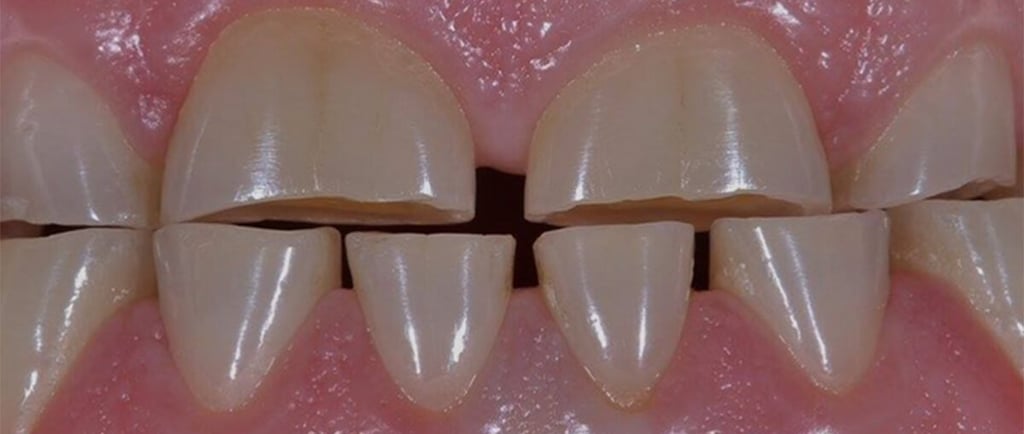Clear Aligners for Patients with Bruxism: Strengths, Weaknesses, and Modifications
Bruxism, or teeth grinding and clenching, is a common condition that can have significant implications for orthodontic treatment. When considering clear aligners for patients with bruxism, it is crucial to evaluate their effectiveness, potential challenges, and necessary modifications to ensure a successful treatment outcome.
Azeem Jameel
3/25/20252 min read


Clear Aligners for Patients with Bruxism: Strengths, Weaknesses, and Modifications
Bruxism, or teeth grinding and clenching, is a common condition that can have significant implications for orthodontic treatment. When considering clear aligners for patients with bruxism, it is crucial to evaluate their effectiveness, potential challenges, and necessary modifications to ensure a successful treatment outcome.
Strengths of Clear Aligners for Bruxism Patients
1. Protection Against Enamel Wear
One of the primary concerns for bruxism patients is enamel wear due to excessive grinding. Clear aligners act as a protective barrier between the upper and lower teeth, reducing direct tooth-to-tooth contact and minimizing wear over time.
2. Custom Fit and Comfort
Clear aligners are designed to fit snugly over the teeth, providing a comfortable alternative to traditional braces. Unlike metal brackets, which can exacerbate discomfort in bruxism patients, aligners offer a smooth surface that reduces irritation to the soft tissues of the mouth.
3. Gradual and Controlled Tooth Movement
For patients with bruxism, force distribution is a key concern. Clear aligners apply gentle, controlled forces, which can help mitigate the impact of excessive clenching on orthodontic progress.
4. Removable Nature
Patients can remove their aligners during particularly intense bruxism episodes or nighttime grinding, reducing the risk of excessive wear or breakage.
Weaknesses of Clear Aligners for Bruxism Patients
1. Increased Risk of Aligner Wear and Tear
Bruxism patients exert excessive force on their teeth, which can accelerate the wear of clear aligners. This may lead to cracks, distortions, or reduced effectiveness over time, necessitating more frequent replacements.
2. Potential for Incomplete Tooth Movement
The excessive forces from bruxism may interfere with the planned tooth movement, requiring adjustments in the treatment plan to compensate for any deviations from the predicted path.
3. Discomfort and Fit Issues
Bruxism patients may experience greater discomfort due to the additional pressure exerted on the aligners. In some cases, this can result in misfitting aligners or the need for reinforcement in certain areas.
Modifications to Enhance Treatment for Bruxism Patients
1. Using Thicker or Reinforced Aligners
Aligners made from thicker or dual-layered materials can provide extra durability for bruxism patients, reducing the risk of fractures and excessive wear.
2. Incorporating Night Guards or Hybrid Retainers
For patients with severe bruxism, a separate night guard may be recommended to be worn in place of aligners while sleeping. Alternatively, hybrid appliances—combining aligners with a more resistant material—can be customized for nighttime use.
3. Frequent Aligner Replacements
Shortening the wear time for each set of aligners (e.g., replacing them every 7-10 days instead of the usual two weeks) can help maintain the integrity of the treatment plan while accounting for increased wear.
4. Monitoring and Adjusting Treatment Regularly
Patients with bruxism require closer monitoring to assess aligner wear, tooth movement, and overall treatment progress. Regular follow-ups allow for necessary modifications to be made in a timely manner.
5. Addressing the Root Cause of Bruxism
Incorporating stress management techniques, physical therapy, or even medical interventions such as Botox injections for muscle relaxation can help reduce the severity of bruxism and enhance orthodontic outcomes.
Conclusion
Clear aligners can be a viable orthodontic solution for patients with bruxism, offering protective benefits and controlled tooth movement. However, the risk of accelerated wear and potential treatment challenges must be addressed with tailored modifications. By utilizing reinforced aligners, incorporating night guards, and maintaining regular monitoring, orthodontists can optimize treatment outcomes for bruxism patients, ensuring both effective alignment and long-term oral health.

Connect
Social Accounts
+1 830 7451 586
Building 595, Block H3, Phase 2
Johar town, Lahore Pakistan
Address
Mail at:
Call at:


ClearCare Ortho offers premium-quality, exceptionally clear, and affordable orthodontic aligner treatments worldwide.
© 2023 Copyright ClearCare Ortho All Right Reserved.
info@clearcareortho.com
